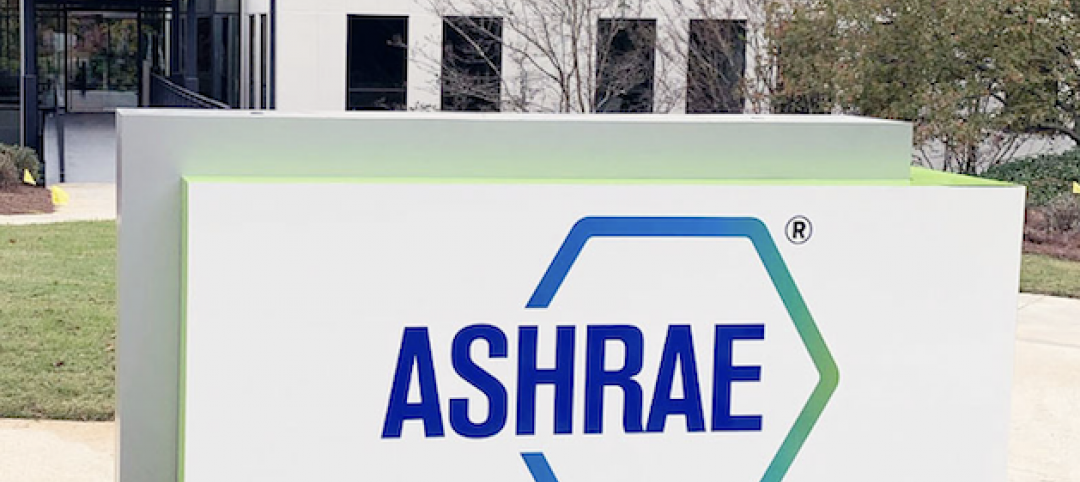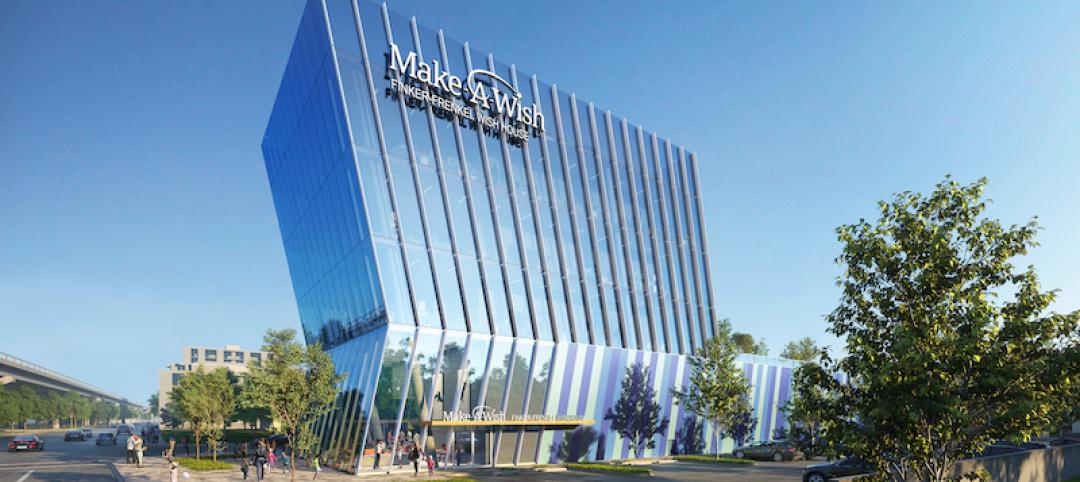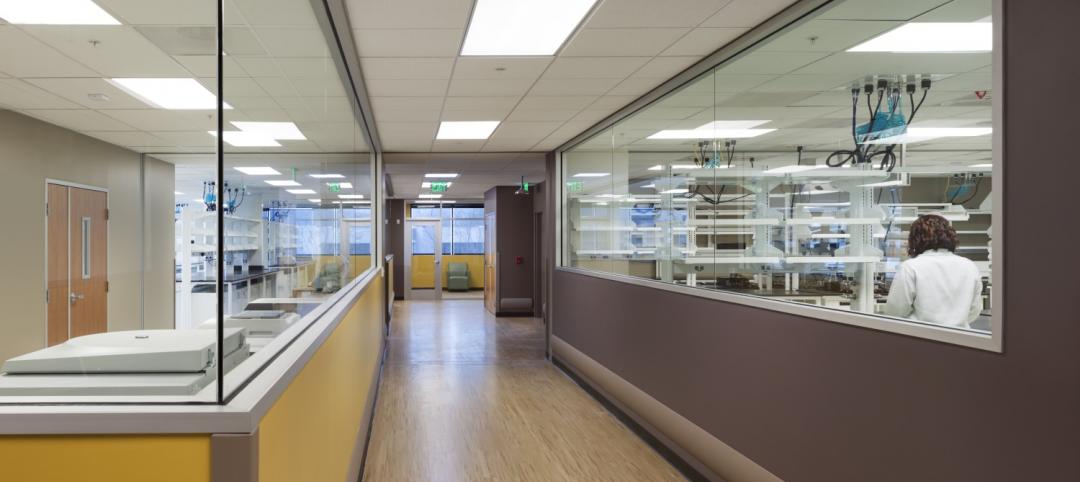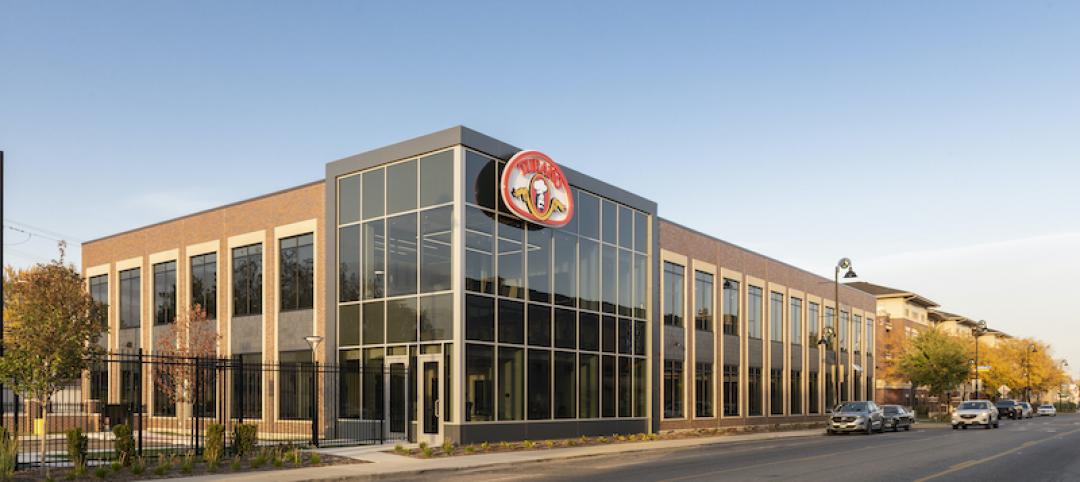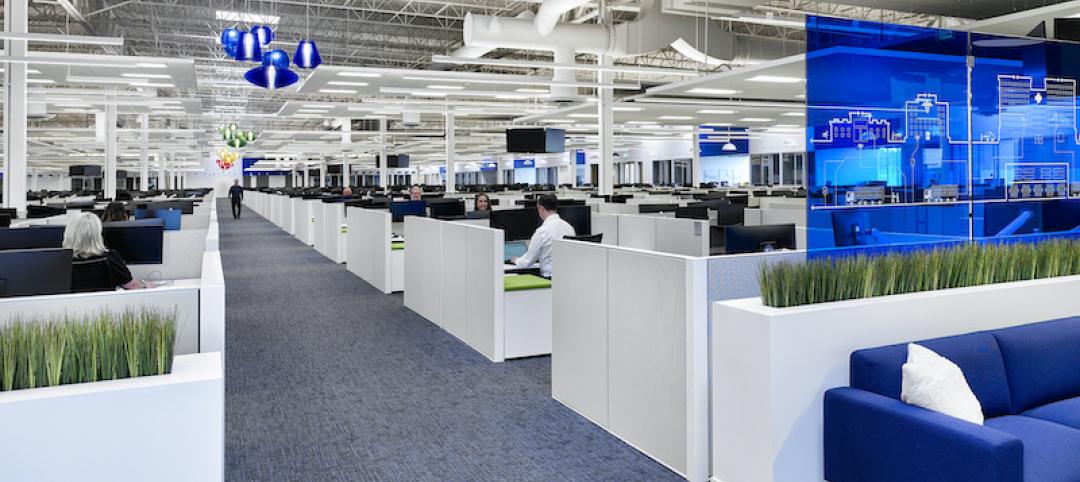The proportion of the U.S. workforce working remotely has dropped considerably since the start of the Covid 19 pandemic, but office vacancy rates continue to rise.
Fewer than 26% of households have someone who worked remotely at least one day a week, down sharply from 39% in early 2021, according to the latest Census Bureau Household Pulse Surveys. Only seven states and Washington, D.C., have a remote-work rate above 33%, down from 31 states and D.C. at the pandemic peak.
In the first quarter of 2023, about 16.1% of office space across the country was vacant, up from 15% in the first quarter of 2022, according to global data and business intelligence platform Statista. Before 2020 when few had heard the word “coronavirus,” the quarterly office vacancy rate was around 12%.
It may seem counterintuitive for vacancy rates to rise as more workers go back to the office, but remote work is here to stay, and employers have changed their outlook on office space. “With a considerable part of the workforce working from home or following a hybrid working model, businesses are cautious when it comes to upscaling or renewing leases,” Statista says.
“The function of the office has evolved from the primary workplace to a space where employees collaborate, exchange ideas, and socialize,” Statista says. “That has shifted occupiers’ attention toward spaces with modern designs that can accommodate the office of the future.”
Related Stories
Energy Efficiency | Mar 23, 2021
ASHRAE’s new headquarters walks the talk about net-zero energy
The conversion of a 1970s’-era building demonstrates how older structures can be made more efficient and sustainable.
Office Buildings | Mar 22, 2021
Make-A-Wish Foundation of Southern Florida unveils design for new chapter HQ
Arquitectonica is designing the project.
Office Buildings | Mar 16, 2021
Perkins&Will unveils design of its New York Studio
The studio supports hybrid work models with agile layouts and integrated broadcast technologies.
Laboratories | Mar 10, 2021
8 tips for converting office space to life sciences labs
Creating a successful life sciences facility within the shell of a former office building can be much like that old “square peg round hole” paradigm. Two experts offer important advice.
Office Buildings | Mar 4, 2021
1905 industrial building set to become Acciona’s new office in Madrid
Foster + Partners is designing the project.
Office Buildings | Mar 3, 2021
Turano Baking Company’s new HQ and test kitchen completes in Oak Park, Ill.
Wright Heerema Architects designed the project.
Office Buildings | Feb 26, 2021
KWK Architects repurposes industrial site and warehouse into office space for Washington University School of Medicine
The project’s first two phases have been completed with the third and final phase under way.
Coronavirus | Feb 24, 2021
COVID-19 spurs need for specific building solutions
A medical supply house’s new call center and a vaccination module that can handle more patients faster are among the latest projects.
Market Data | Feb 24, 2021
2021 won’t be a growth year for construction spending, says latest JLL forecast
Predicts second-half improvement toward normalization next year.
Office Buildings | Feb 18, 2021
Bungie breaks ground on new, expanded HQ
NBBJ is designing the project.



